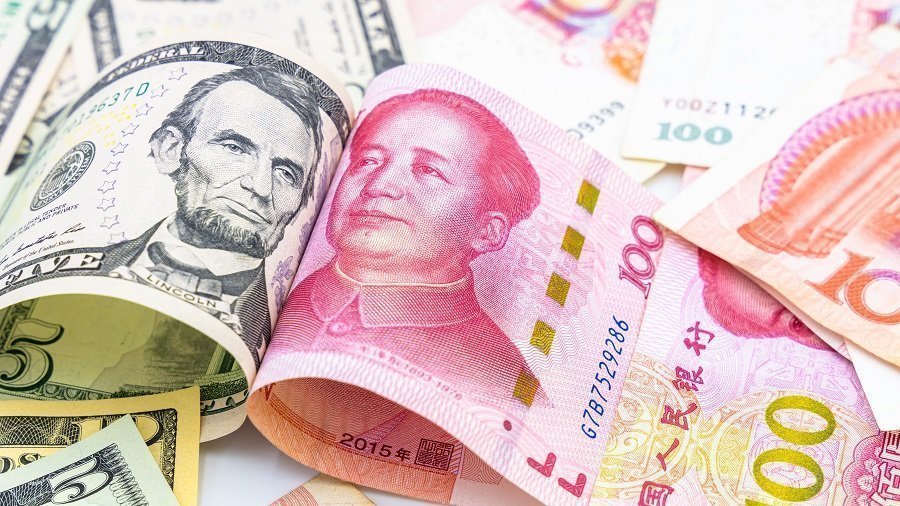Oil tumbled on Wednesday as concerns over slowing demand from China, its biggest crude importer, escalated after declining trade and inflation data and overshadowed fears of tight supply from Saudi Arabian and Russia production cuts.
Brent crude futures were down 21 cents, or 0.2%, to $85.96 a barrel as of 0615 GMT. West Texas Intermediate (WTI) crude traded at $82.71 a barrel, down 21 cents, or 0.2%.
Both contracts earned about $1 the previous day.
Oil prices are struggling to rise amid ongoing concerns over the recession in the Chinese economy and fuel demand. Also, concerns that demand will slow due to a series of rate hikes in the US and Europe are weighing on the rise of oil markets.
Aided by the slump in OPEC+ supply and stimulus hopes supporting the recovery in oil demand in China, both indicators posted their sixth consecutive weekly gains last week, recording their longest streak from December 2021 to January 2022.
With deflationary pressures building on Wednesday’s Chinese inflation data, the consumer price index saw its first annual decline in July since February 2021.
Following disappointing trade data, the inflation report expressed that China’s crude oil imports fell 18.8% month-on-month and the lowest daily rate since January, as major exporters cut overseas shipments and domestic inventories continue to rise.
In another sign of decline, US crude inventories increased by 4.1 million barrels last week, according to figures from the American Petroleum Institute (API) on Tuesday. This turned out to be larger than analysts expected.
Data from the US government on stockpiles will be released on Wednesday.
Meanwhile, a monthly report from the U.S. Energy Information Administration (EIA) on Tuesday projected U.S. crude oil production to rise by 850,000 barrels per day to a record 12.76 million bpd in 2023, overtaking the last peak of 12.3 million bpd in 2019.
The EIA noted that crude oil prices have risen since June, primarily due to the extension of Saudi Arabia’s production cuts and rising global demand.
The world’s largest exporter, Saudi Arabia, last week extended its voluntary production cut of 1 million bpd until the end of September, adding that it could be further extended or deepened. Russia also said it would cut oil exports by 300,000 barrels per day in September.

